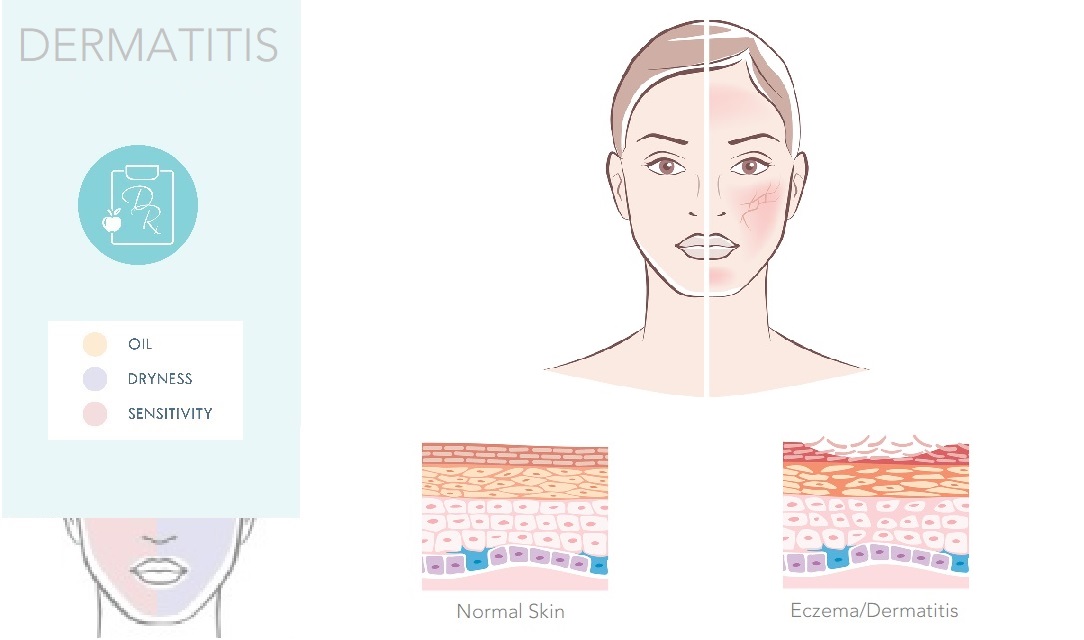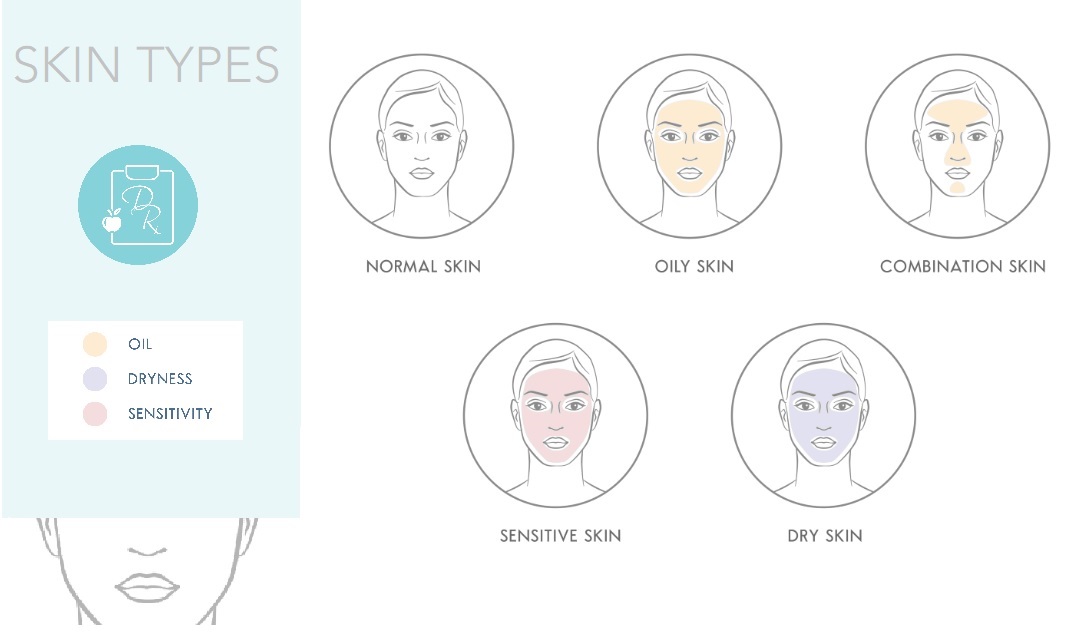Superfoods: Do they Exist?

Superfoods: Do they Exist?
In the last decade the word ‘superfood’ has been thrown around in health and lifestyle circles on a regular basis. It sometimes seems almost every month there is a new ‘superfood’ that you simply must include in your diet if you are to live a happier, longer and healthier lifestyle.
So, do superfoods actually exist? And if so, what are they?
Superfoods are simply a colloquial term for a food that contains a higher percentage of nutrients or antioxidants than another food. They can be any of the food groups- grains, carbohydrates, fruits, seafood, vegetables, seeds or spices.
So let’s take a closer look at a common superfood- Salmon.
Superfood group: Seafood
Necessary for: – Omega 3 Fatty Acids.
Superfood: Salmon
Omega 3 fatty acids are a substance that helps your brain and nervous system function at an optimal level. They are also very good at preventing clogging in your arteries and therefore are good for your heart. In people with skin issues- omega 3 fatty acids support skin integrity as they work on the deep fatty tissue in your skin and help it retain moisture and plump up skin cells. Recent research has also suggested that EPA (eicosapentaenoic acid), one of these fatty acids, can help boost collagen and block the cascade of skin damaging enzymes that UV radiation triggers.
Now, you can get Omega 3 Fatty Acids from most fish. But why is Salmon frequently touted as a superfood?
Well, the Heart Foundation recommends that for ideal health we should be getting about 300 to 500 mgs of marine sourced omega 3 fatty acids. Check out the comparison between each serving of various seafood
| Seafood | Omega 3 Fatty Acids (in 150 g serve) |
| Whiting (common in Fish & Chips) | < 200 mg/serve |
| Blue Grenadier, Cod, Flathead | 200–300 mg |
| Tuna, Flounder | 300–400 mg |
| Salmon, Sardines, Mackerel, Bream | > 500 mg |
A single serve of Salmon (or any of the other comparable fishes) can give you 2-3 times the Omega 3s you need. Hence, you need to eat less to get the same amount of nutrients.
So basically, when you see the term “superfood” it just means that the particular food has a higher concentration of beneficial ingredients when compared to the same size serving of a similar item in the same food group.
Superfoods are great but what I dislike about the concept is the marketing behind them, which make them into a “celebrity” food and almost leads people to believe that certain nutrients can only be obtained from that particular food only. What’s more, most of the “superfoods” tend to be sold in upmarket delicatessens and boutique grocery stores, are quite expensive.
The crucial aspect to any sustainable healthy lifestyle is to adopting healthy habits that can be implemented in the long run. The key to eating a diet high in superfoods- is simply to shop within the season it is available in. This allows you to have a varied diet high in superfoods at a reasonable cost. Look out for foods that are similar in nutrient content but may not enjoy the celebrity status that the superfoods in that category have, this is critical to keeping the household food budget lower and being able to maintain healthy habits in the long run.
This is one of the key components that we focus on in our consultations- trying to tailor your daily diet to have healthy antioxidant rich foods- within your taste and budget.
I’ll be having more detailed articles on various superfoods, specific to skin, in future blog posts so stay tuned!


